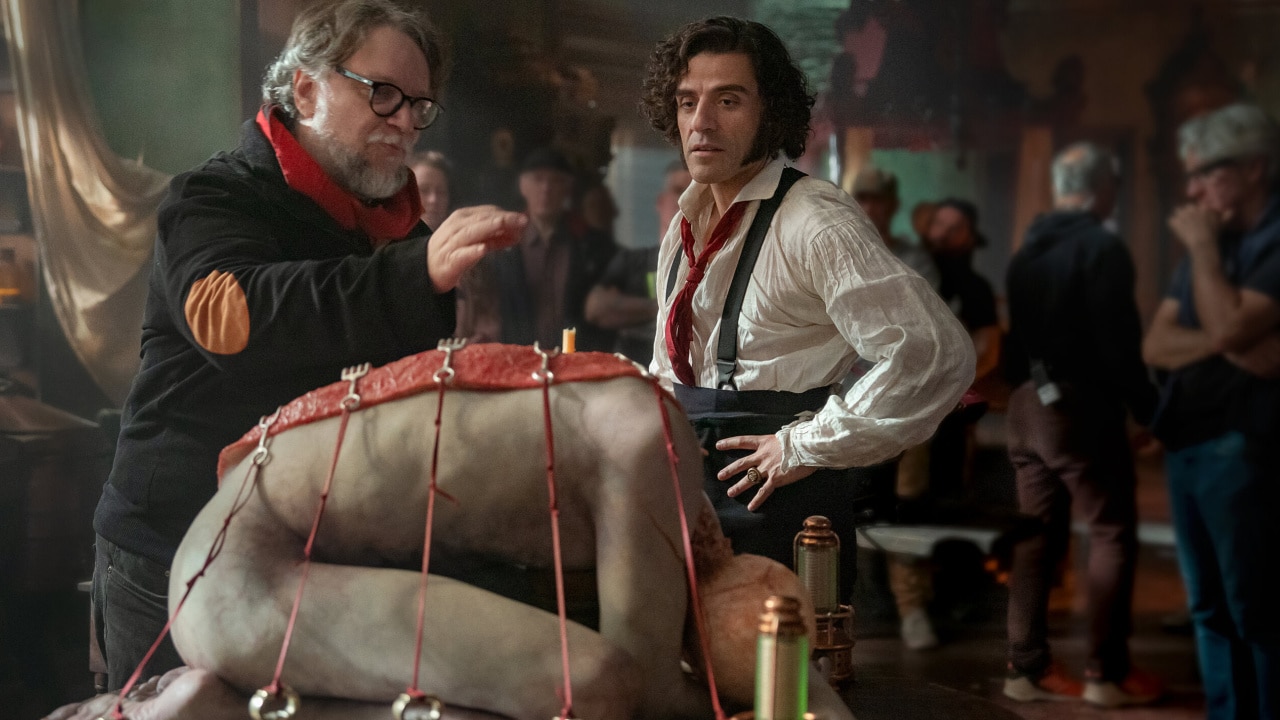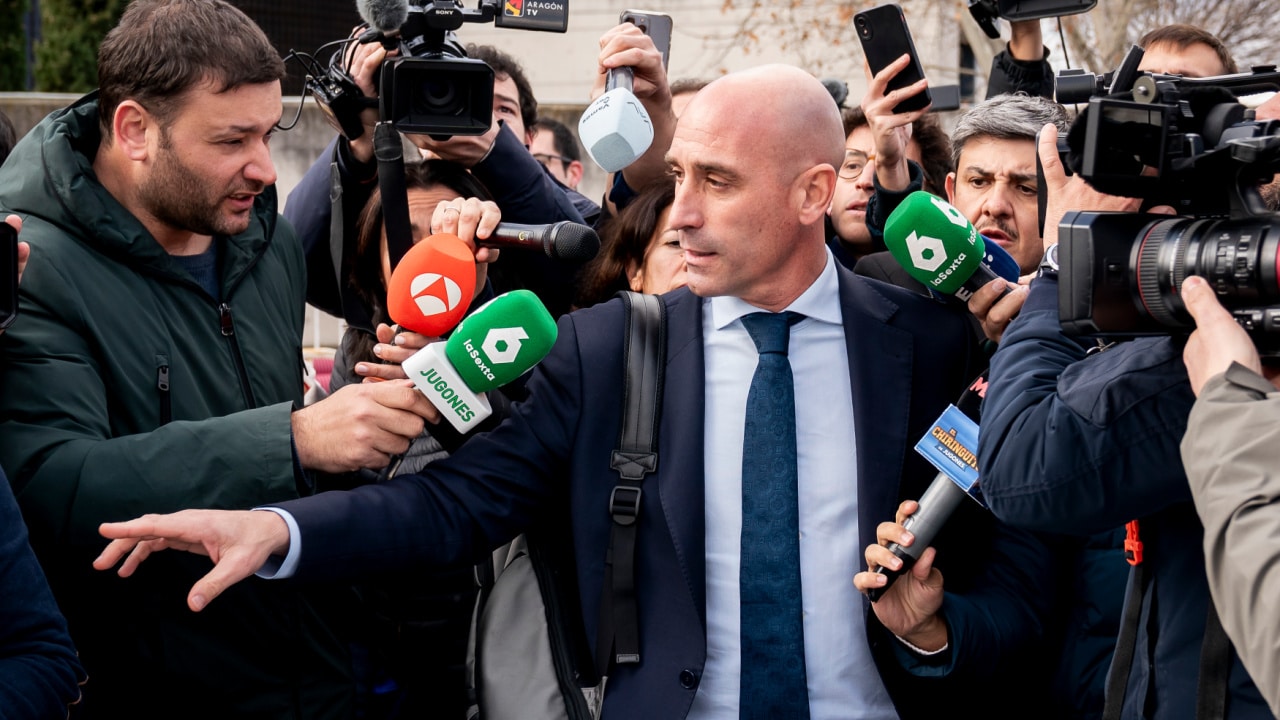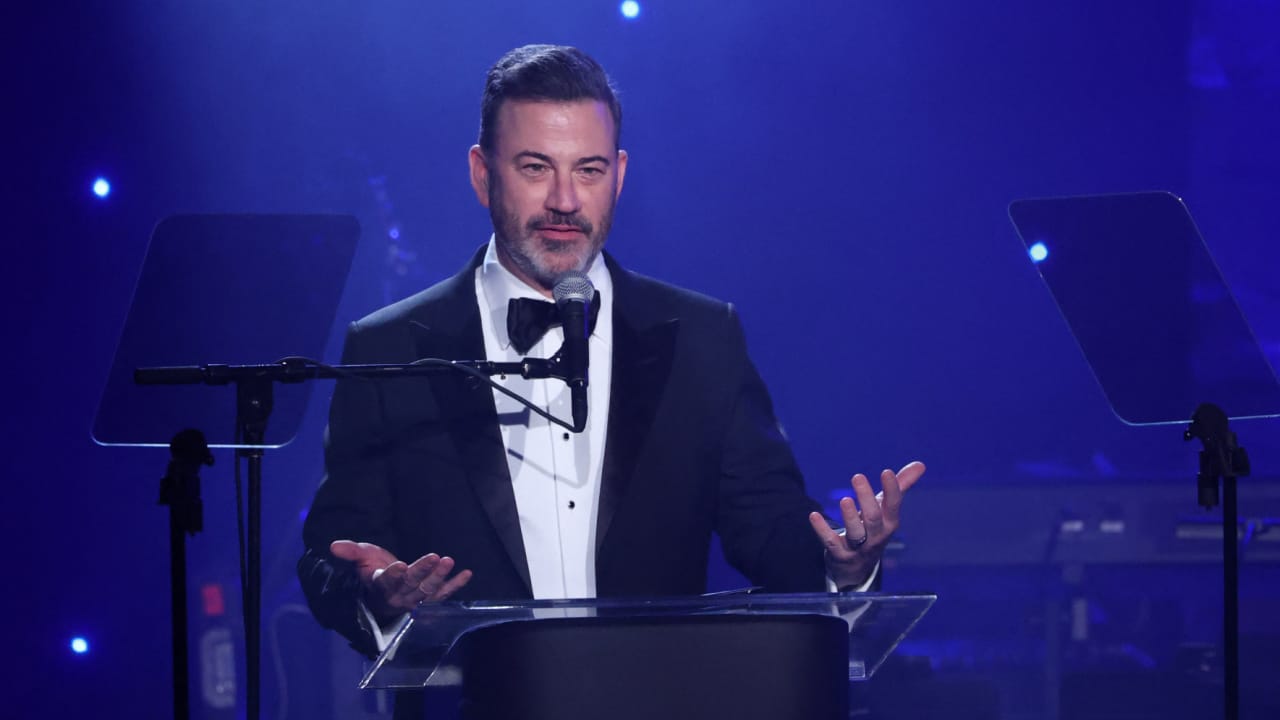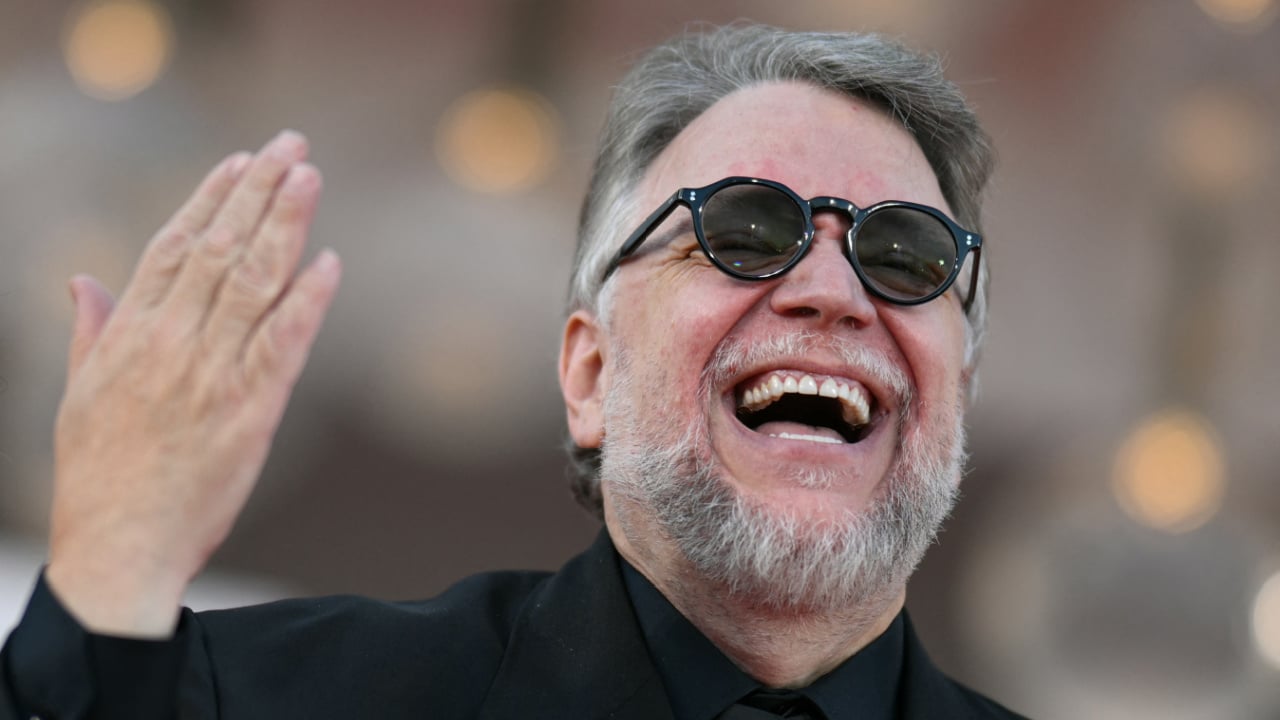As MTV Shuts Down After 40 Years, Latin America Remembers the Channel That Made Its Music Global
MTV felt like a passport. A glow on the TV at 3 a.m. that turned bedrooms from Bogotá to Buenos Aires into front-row seats. If you grew up with that signal, you did more than watch music. You learned a language of style, identity, and swagger. The channel is now powering down music feeds in parts of the world, and it hurts.
However, it also gives us a chance to acknowledge what MTV did for Latin music, Afro-Caribbean tradition, and the concept of “Latinidad” in the public sphere.
When MTV landed in Latin America, the ground moved
MTV launched in 1981 with the now-iconic phrase, “Ladies and gentlemen, rock and roll,” before airing “Video Killed the Radio Star.” It marked a new era for entertainment and presented a new challenge for musicians and artists worldwide.
Twelve years later, on October 1, 1993, MTV Latinoamérica turned on its new signal with “We’re Sudamerican Rockers” by Los Prisioneros. That opening was not a stunt. It was a thesis: rock en Español had a home. The logo, the cuts, the bumpers, the VJs. It all told young viewers that the center could live in Spanish.
Daisy Fuentes helped build the bridge years earlier with a Latino video block on the U.S. channel in 1988, and became one of the first Latina VJs. The company then identified its target audience: immigrant teens in the United States and viewers across the region. The brand went south with studios in Miami, Mexico City, and Buenos Aires.
MTV turned bedrooms into classrooms and VJs into guides
The format mattered. VJs introduced videos and stitched a scene together in real time. They also became TV stars through their own achievement. Knowing the music catalog from our history was now cool.
Early hosts, such as Alfredo Lewin, Gonzalo Morales, and Ruth Infarinato, became familiar faces. The channel mixed news hits, interviews with Gustavo Cerati and Café Tacvba, and animated shows that felt like a dare. Beavis and Butt-Head. Daria. Celebrity Deathmatch. That eclecticism became a syllabus.
Curatorship went deep into the night. A block like 120 minutos aired non-rotation cuts from Massive Attack, Blink-182, Sublime, and La Pestilencia when most of the region slept. This way, discovery had a time slot, and taste had a method.
How MTV supercharged Shakira and Juanes
By the late 1990s, pop entered prime time. Shakira, Ricky Martin, and Enrique Iglesias proved their global reach on the same screens that had previously showcased Soda Stereo, Café Tacvba, and Molotov.
Similarly, MTV’s Unplugged format then turned presence into permanence. Sessions from Soda Stereo, Aterciopelados, Café Tacvba, Shakira, Juanes, Molotov, and Los Fabulosos Cadillacs became canon and bestsellers.
In fact, Shakira’s MTV Unplugged performance helped her consolidate her presence in the United States and caught the attention of Tommy Mottola.
The network also staged proximity. Juanes met Metallica at an MTV awards night and later cut a track with them. That is how a channel manufactures collisions that change careers.
MTV made Afro-Caribbean tradition feel present tense
The signal did something quieter as well. It gave space to rhythms born in Black social clubs and Caribbean dance halls. That history often sat off-screen. Then, the camera arrived.
The grammar of video made percussion visual. It made son, bolero, salsa, and their descendants legible as pop. As artists fused rock, rap, and Caribbean influences, the region watched as hybrids emerged in public.
Scholars call that cultural globalization. For viewers, it felt simple. You could hear your grandparents’ cadence inside something new.
Furthermore, MTV’s fast cuts, graphic design, and visual storytelling have reshaped the language of television across genres and platforms. That aesthetic shift helped Afro-Caribbean music read as modern without erasing its roots.
The day MTV told Latinos they belonged
The arrival of MTV Latinoamérica worked like a mirror. “I believe it also fulfilled… that Bolivarian dream of all Latin America… By far, you felt that Latin American brotherhood,” former VJ Arturo Hernández said.
Early subsidies from the U.S. feed gave the team freedom to program quality and experiment, former VJ Edith Serrano said. Viewers in Florida hunted down the Latin feed because it was “video, after video, after video,” Serrano recalled.
That curation set a bar for cool that leaped off the screen. Teens imitated looks, and bands learned how to stage themselves for cameras. Directors were trained on promos and later went on to build films.
The brand taught a generation to code music visually. The channel created a shared youth identity before the internet, then slowly ceded that role to YouTube and TikTok as viewing habits changed.
MTV also taught the industry how to scale Latin stories
Labels chased rotation with budgets for videos. Festivals booked acts that MTV had turned into household names. The network backed social projects, election specials, and documentary pieces that treated young audiences as citizens.
Moreover, regional award shows put Latin artists on the same stage as U.S. acts, competing for pop culture dominance. That ritual mattered. It told radio, press, and brands to pay attention.
When MTV changed, the culture adapted
By the late 1990s and early 2000s, reality shows and non-music programming expanded, while music hours shrank. At that time, former hosts and programmers disagreed on the call. “That’s when MTV Latino died,” Arturo Hernández said. “It kind of kept going, but it kept losing its identity.” Edith Serrano added, “I’d love to see music on MTV and not three people talking nonsense.”
Program executive Julio Muñiz argued the audience had moved and the channel had to evolve. “If, at age 30, you want MTV to remain the same as it was when you were 15, then you’re the one with the problem.”
That tension was then real. Only a few years later, the internet and streaming weakened the case for a pure video channel and how the Latin feed split, merged, and retooled across decades. Towards the end, the brand removed “Music Television” from its logo in 2011.
Now, Paramount will shut down several music channels in Europe by December 31, 2025, while similar wind-downs will affect select markets, including all music channels.
MTV taught Latin America how to hear itself together
The legacy sits in ears and archives. It went from Café Tacvba’s proud defense of identity to Bad Bunny singing with them at an MTV event and later releasing “Trellas.”
Through MTV, Ricky Martin proved that global impact was possible for artists from Colombia, Mexico, or Argentina. Then Shakira proved the same for a woman. That line runs forward to Karol G and many others.
The lesson from four decades is clear. MTV did not invent Latin music. It staged it. It created a commons where rock en español could coexist with U.S. pop and where Afro-Caribbean traditions could evolve in public. It gave us habits and vocabulary. It showed a continent its reflection with subtitles and swagger.




